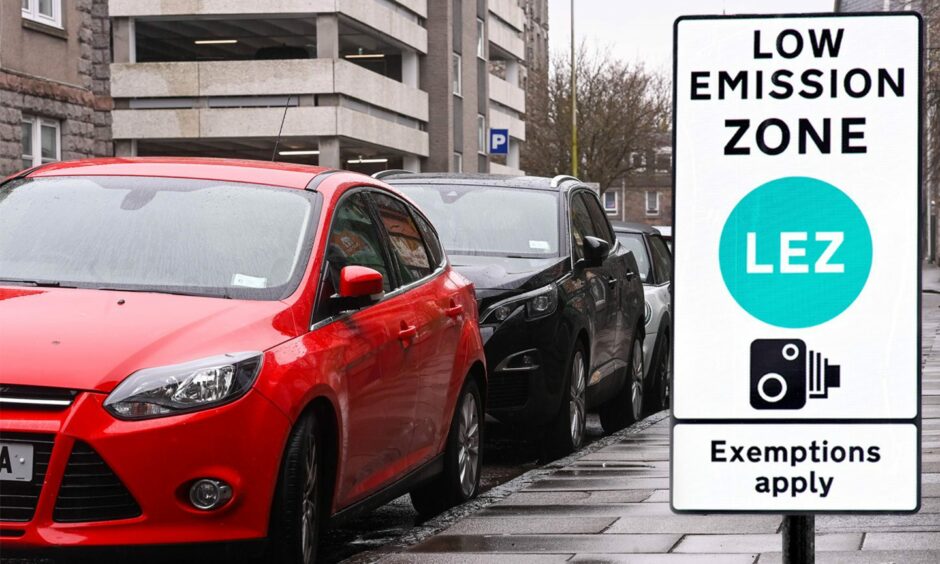
Aberdeen’s Low Emission Zone (LEZ) is coming into force in just over a year’s time, but how many vehicles will actually be banned from it?
Enforcement of the city’s LEZ will officially commence on June 1, 2024.
Drivers of most vehicles which don’t meet the strict emissions requirements will be slapped with a £60 fine if they enter it.
And with just shy of 12 months until fines start being dished out to rule-breakers, I wanted to get a better idea of how many people are actually going to be impacted by this in Aberdeen.
So, armed with a map of the LEZ, I got on my coat, braved the dreich weather and spent a few chilly hours walking five and a half miles around the city, entering 300 car registrations into the official LEZ registration plate checker.
Here’s what I learned.
All sorts of cars will be banned from the Aberdeen LEZ, not just old bangers
I went into my walk around Aberdeen’s LEZ thinking the majority of cars which would be banned would probably be old, beaten up rust buckets.
But this certainly wasn’t the case.
Over the course of my wee experiment, I found all sorts of shiny, modern-looking cars like Audis, Mini Coopers and BMWs that I was surprised to see didn’t make the cut.
Conversely, there were plenty of cars I was surprised to find out would be completely welcome inside the LEZ.
One in particular sticks out in my mind — a black Ford Focus with racing stripes and an extremely loud exhaust which flew past me on Chapel Street.
I think once fines start being issued, there will be a lot of people confused as to why their motor isn’t allowed, but others are.
Another aspect of the LEZ which I think will bring confusion is why some streets are within it, and some aren’t.
Walking around the LEZ, I noted some of Aberdeen’s busiest streets are outside of it
There’s been a lot of talk about what streets are covered by Aberdeen’s LEZ, and where the boundaries have been set.
But you don’t really get a feeling for how strange some of the boundary decisions seem until you’re actually walking along the edge of it yourself, seeing how busy certain areas are… and realising they’re not inside the zone.
A key example of this for me was when I was strolling along Schoolhill, during pick-up time for the youngsters at Robert Gordon’s.
Schoolhill is only inside the LEZ east of the turn-off to Harriet Street, presumably to allow access to the multi-storey car park.
And so we have a situation where daily, dozens and dozens of 4x4s are clogging up the road and blocking pavements on Schoolhill as parents pick up and drop off kids at school, and this isn’t inside the LEZ.
Yet just across the road, Belmont Street, a relatively traffic-free area, is inside of it.
If the LEZ will protect the public’s lungs from the harmful effects of air pollution, then surely a place with loads of young people and traffic in the same place would be a great place to enforce it?
I know there has to be some exceptions for access given how the city is laid out, but where the boundaries lie does comes across as a bit haphazard and arbitrary in some places.
South College Street, for example, isn’t in the LEZ, yet the whole of the dual carriageway Virginia Street lies within its grasp,
My most shocking finding: The council was possibly right!
So, how many cars of the 300 I ran through the official registration checker will be banned from the Low Emission Zone?
Although far from a truly scientific study, I tried my best to be as fair as possible.
I counted up cars all across the city centre, over 15 different streets including Chapel Street in the west of the LEZ, Marischal Street in the east, Willowbank Road in the south, and Golden Square in the middle-ish north.
Depending on the road, I counted either the first 20 cars I saw, parked or driving, or otherwise every car I could find on some of the smaller streets.
And to make sure the 300 cars I checked weren’t all parked ones, I also sat for a good while at a bus stop at the top of Holburn Street, checking more than 90 passing cars for LEZ compliance.
In total, of the 300 cars I checked, 49 of them would be banned from the LEZ according to the official checker.
So, about 84% of those 300 cars won’t be fined for going into the LEZ from next June.
The shocking thing about this statistic for me is how closely it lines up with the city council’s own calculations.
The local authority previously estimated that by 2024, 86% of all cars in Aberdeen will be allowed into the LEZ.
I set out on this test to see if my findings would be different to the council’s estimations, thinking it would be wildly off.
So you can imagine how astounded I was when I realised the council may have actually called something somewhat right for once.
Will you be affected by the LEZ?
Of course, my test of 300 vehicles shouldn’t be taken as gospel.
But I still want to know more about how this will work out in reality.
If you’ve got the time, I’d love it if you could run your vehicle’s registration plate through the official checker here, and then let us know in this poll below whether or not you’ll be banned.
Take part in the poll:
Let’s see if the end result is near the council’s 86% estimation.
And if you’d like to share your opinion of the LEZ, why not post it in the comment section below this article, or email me at environmentandtransport@ajl.co.uk.


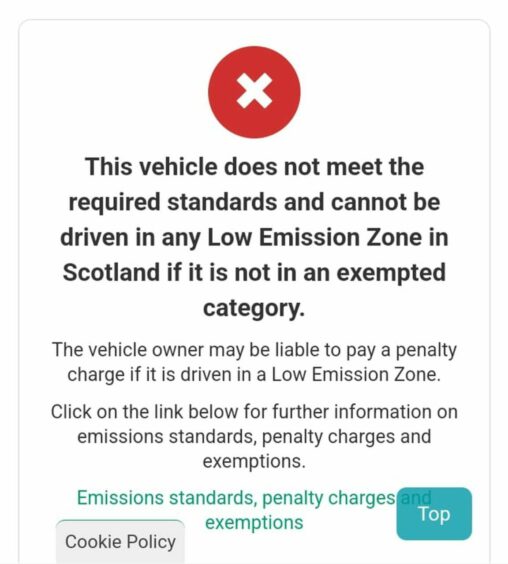

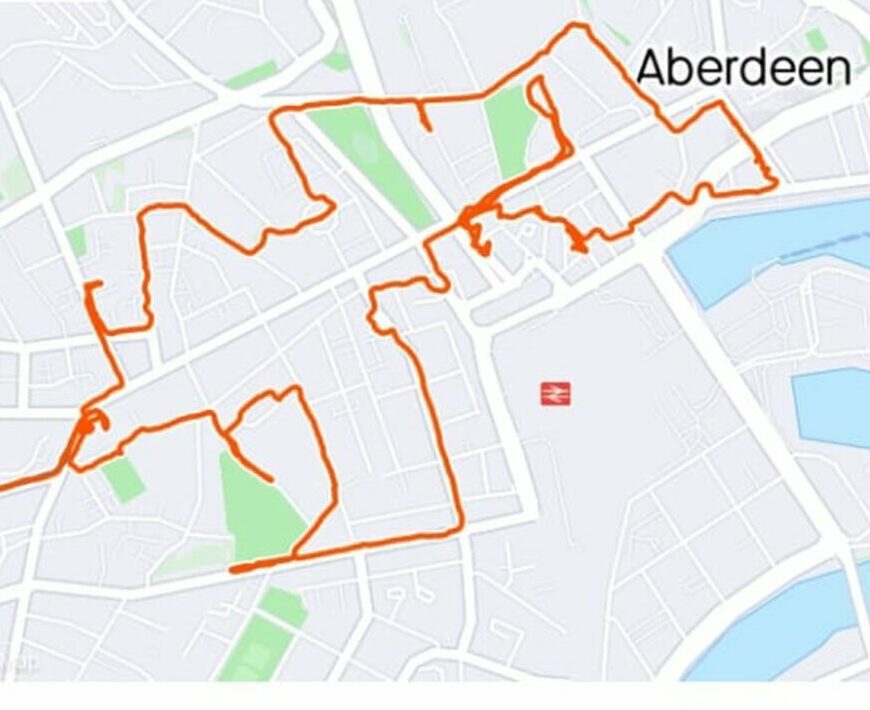
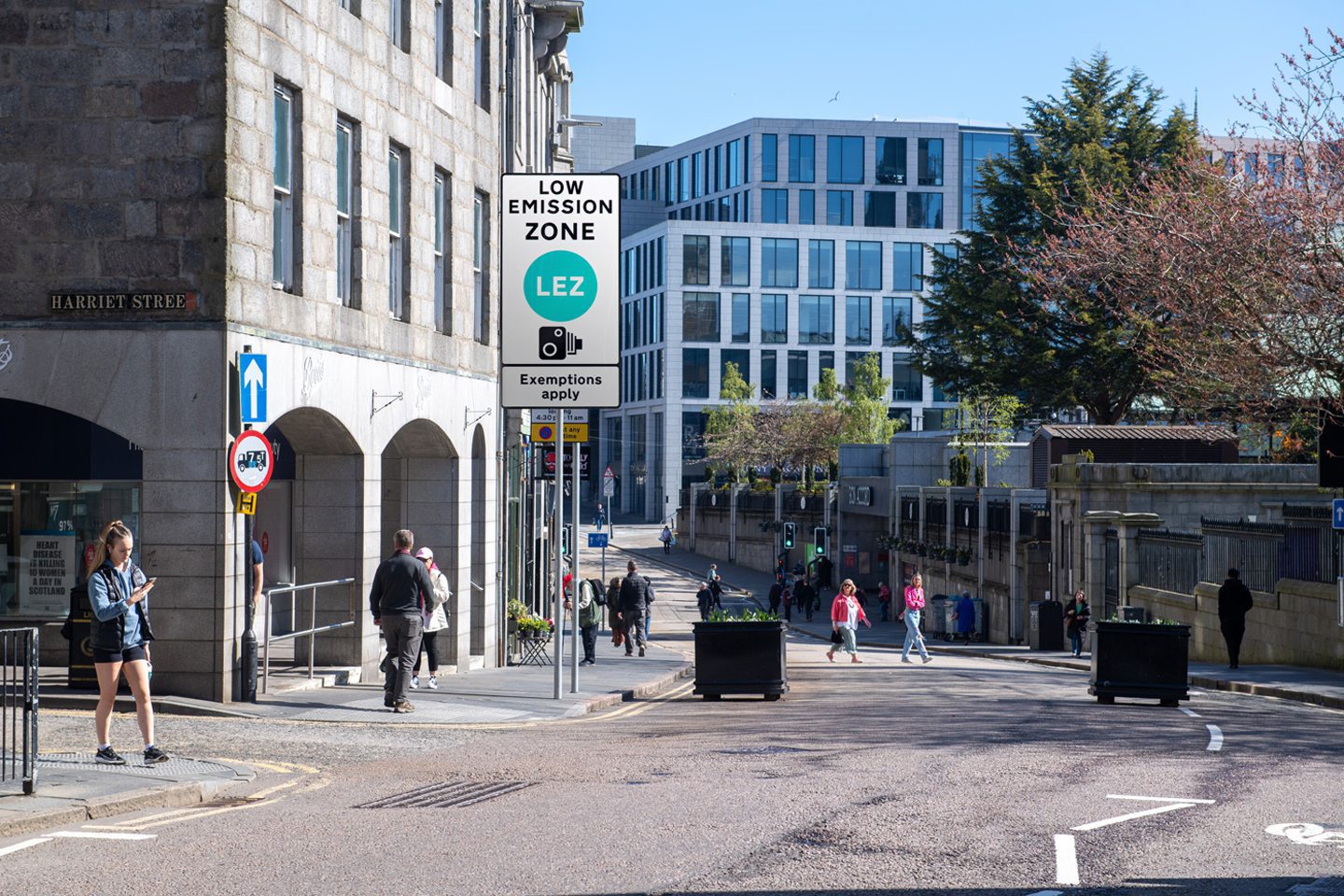
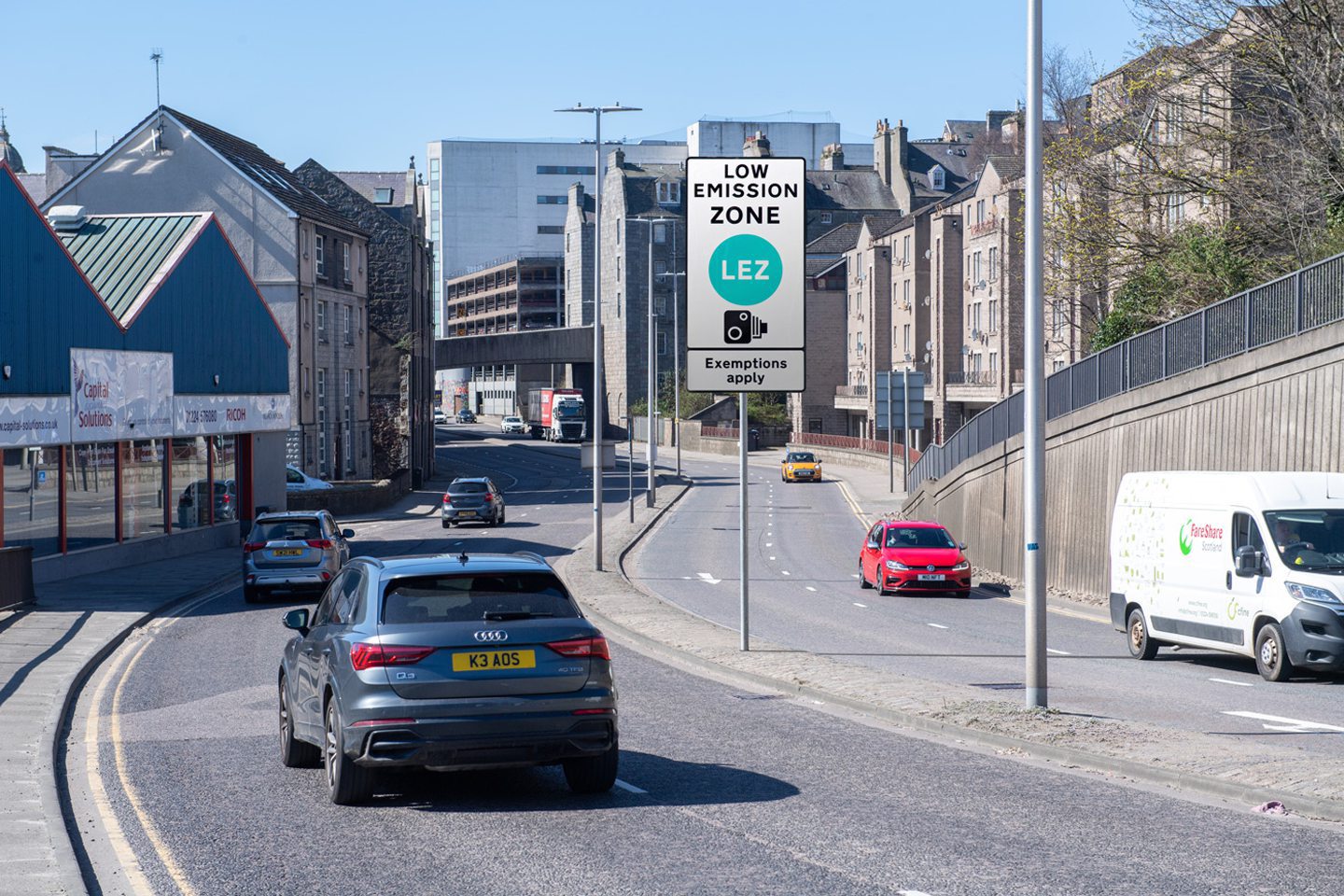

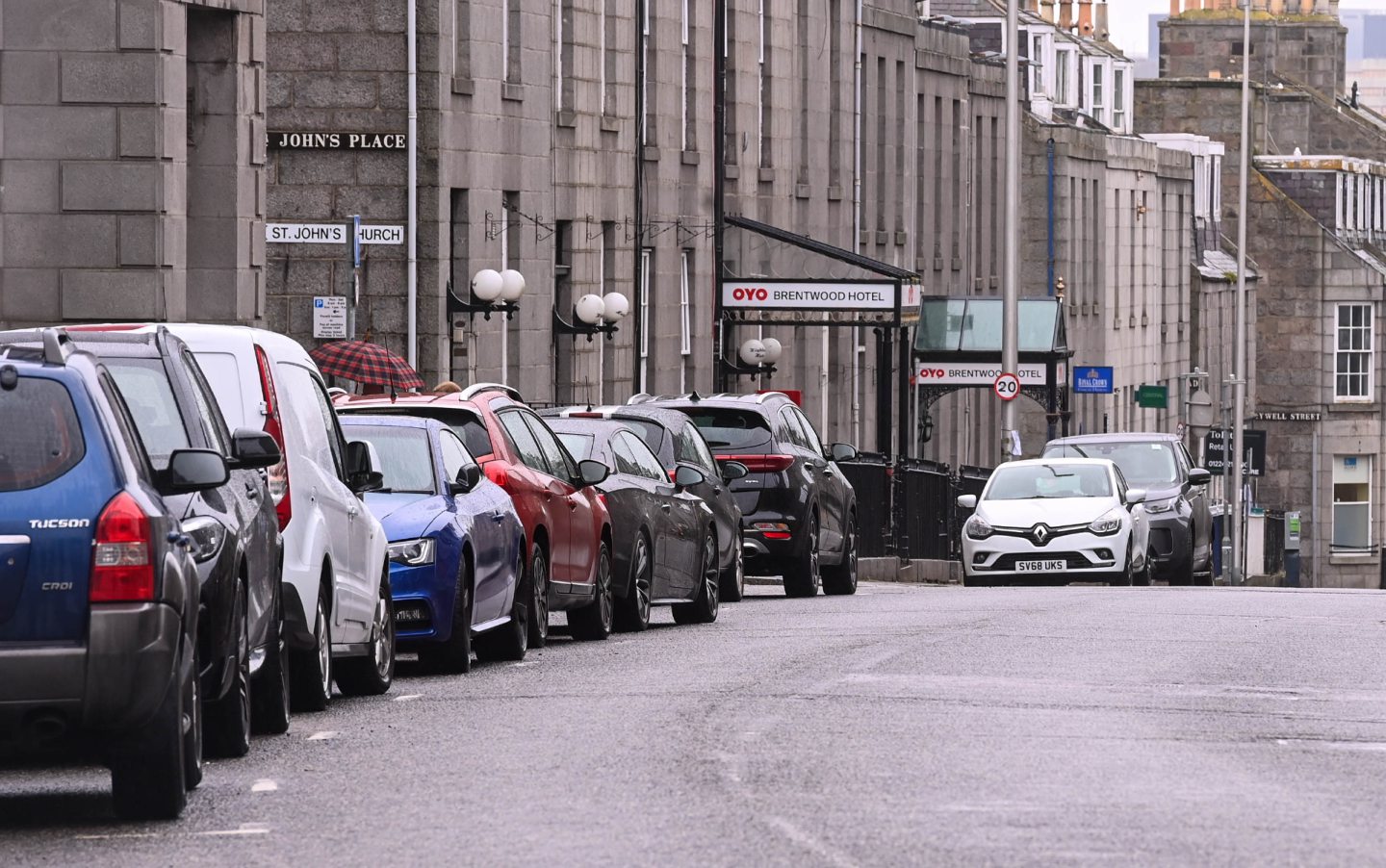
Conversation